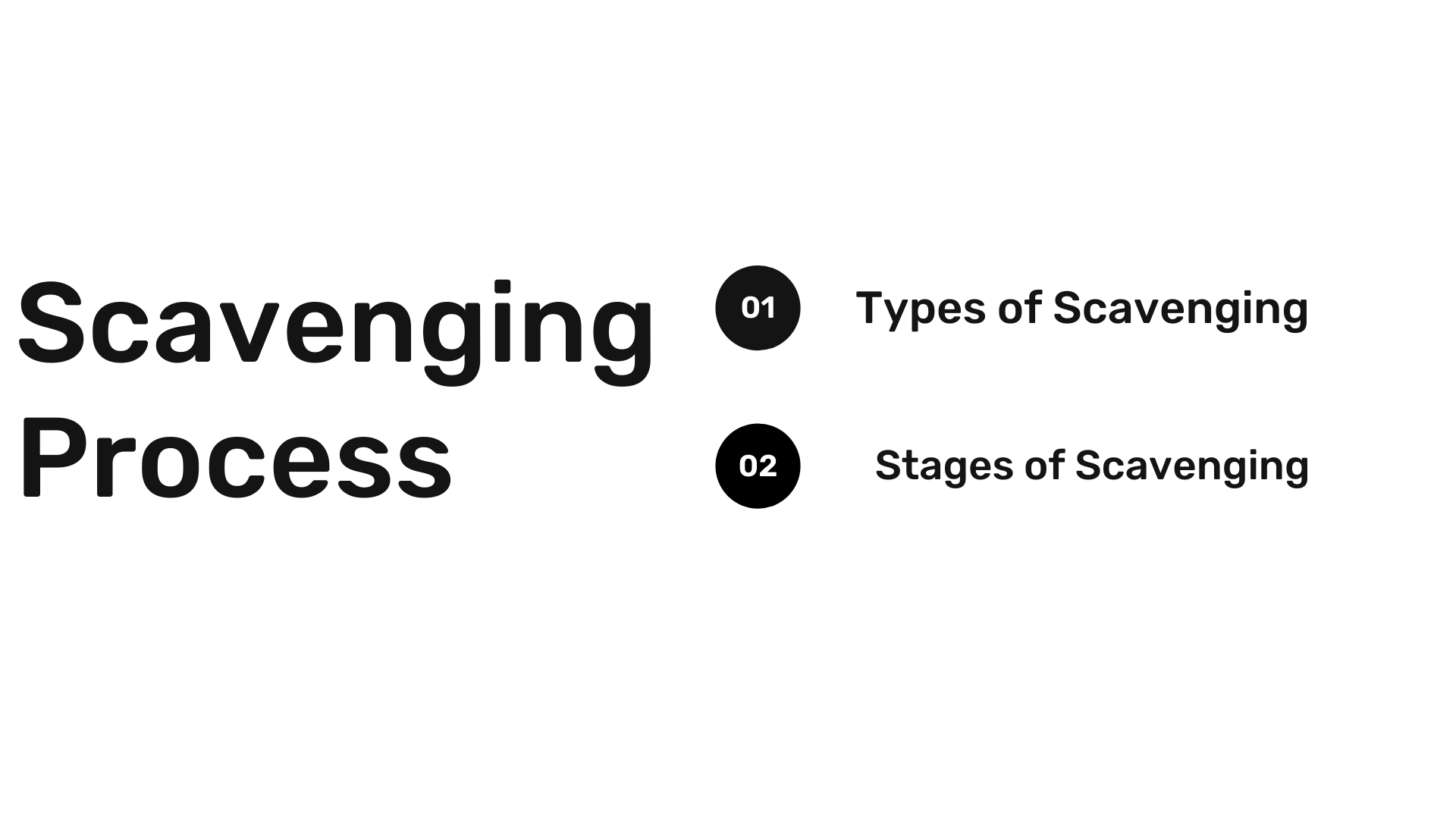In two-stroke engines, the cycle is completed in one revolution of the crankshaft, so the gas exchange process at the end of the power stroke has to occur when the piston is near the bottom dead centre (BDC).
First exhaust ports or valve opens and then scavenge ports open, by fresh charge air, the remaining exhaust is expelled from cylinder (scavenging ). Efficient scavenging is necessary for good combustion and it is required to replace the maximum exhaust. The scavenge air also helps in cooling the cylinder, piston etc.
The word scavenging describes the procedure of emptying the cylinder of burnt exhaust gases at the end of the expansion stroke and the early part of the compression stroke.
The major progression that happens during the cycle –
- A gas exhaust process commences before and after BDC. A portion of the expansion and compression strokes are unusable.
- A piston velocity is low during the entire gas exchange process, it is unable to provide a significant pumping effect on the cylinder charge. So gas interchange can only take place when the inlet pressure is considerably higher than the exhaust gas pressure at the end of expansion to replace the burnt gas from the cylinder.
- To ensure adequate process, 2 – stroke engine must be equipped with some form of intake air compression.
- The intake and exhaust ports valve must be kept open simultaneously for a period of time.
Note- Check out our article on the scavenge fire.
Table of Contents
ToggleTypes of 2 stroke engine scavenging
- Based on the system
- Crankcase scavenge
- Separately scavenge
- Based on the process
Reverse flow
- Loop scavenging
- Cross scavenge
Uniflow
- Opposed piston
- Sleeve valve
- Poppet valve
- Based on the overall port opening.
- Symmetrical
- Unsymmetrical
Stages of Scavenging
- Blowdown period – Opening of an exhaust port or valve and exhaust moves to the exhaust manifold.
- Scavenge period – Scavenge ports open supercharged air, enters and sweep exhaust gas out. Scavenge air manifold pressure must be sufficiently higher than exhaust manifold pressure.
- Air retain period – Scavenge ports close but still, the exhaust port or valve remains open and due to which some air losses through the exhaust opening and during that period negligible compression may occur.
